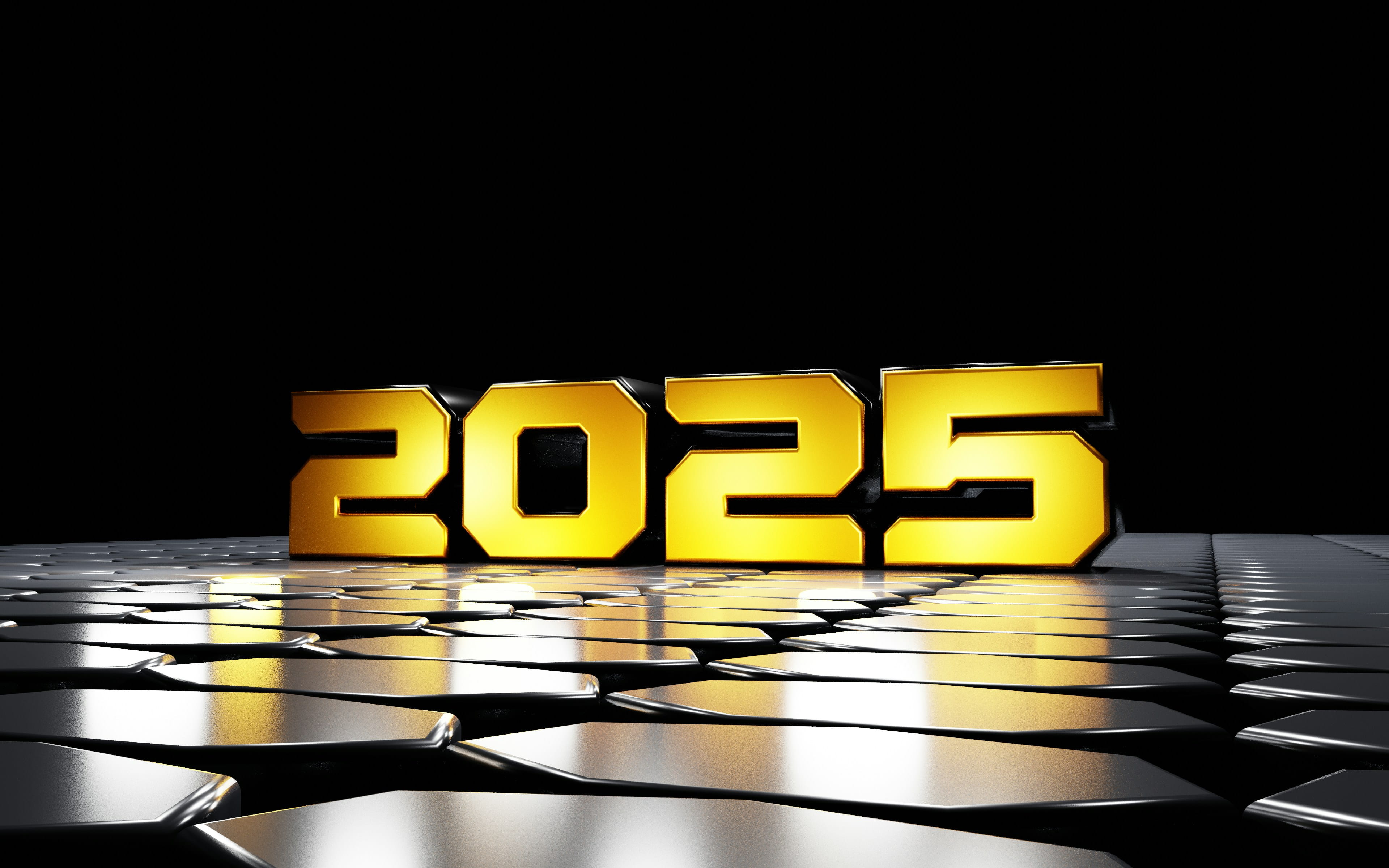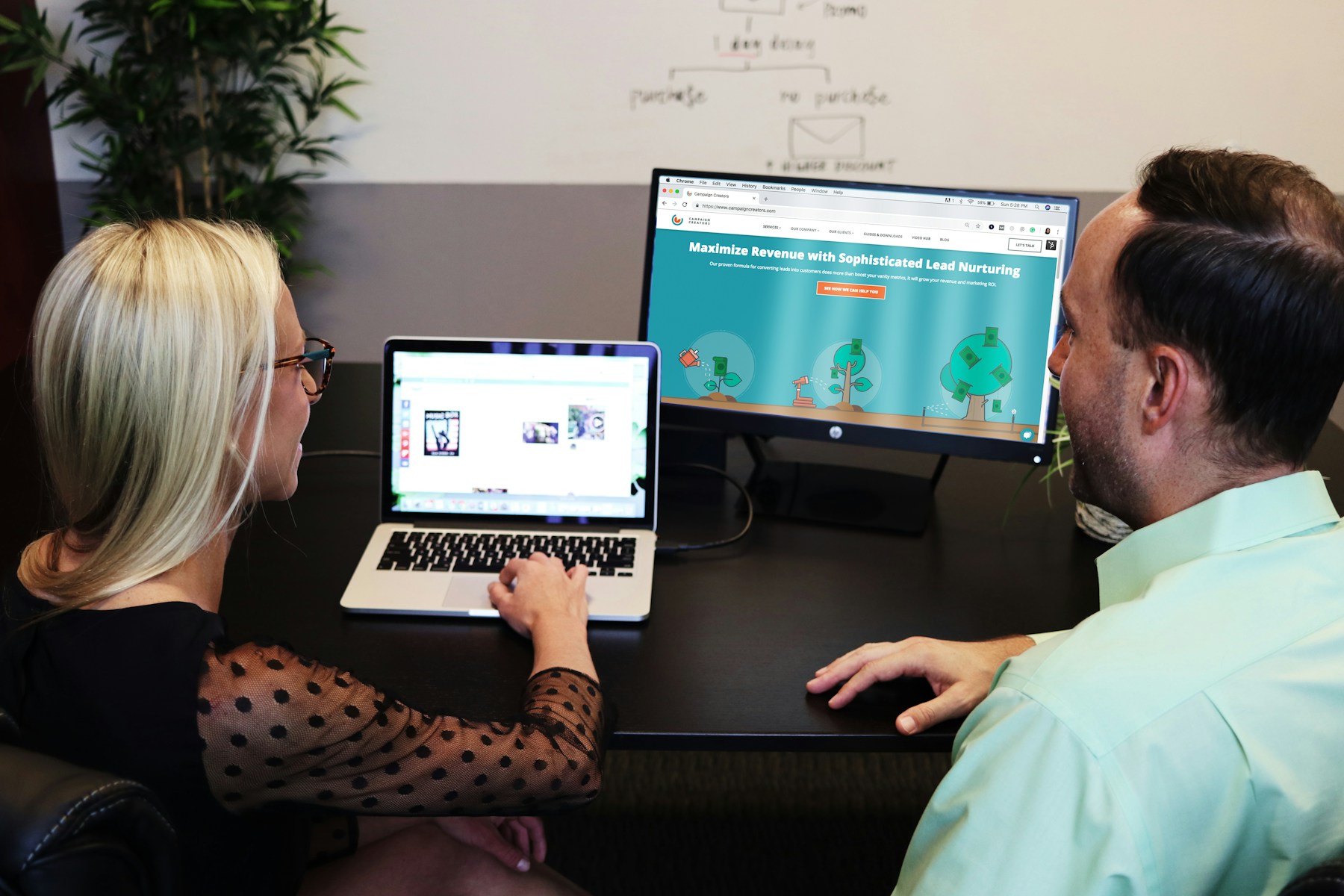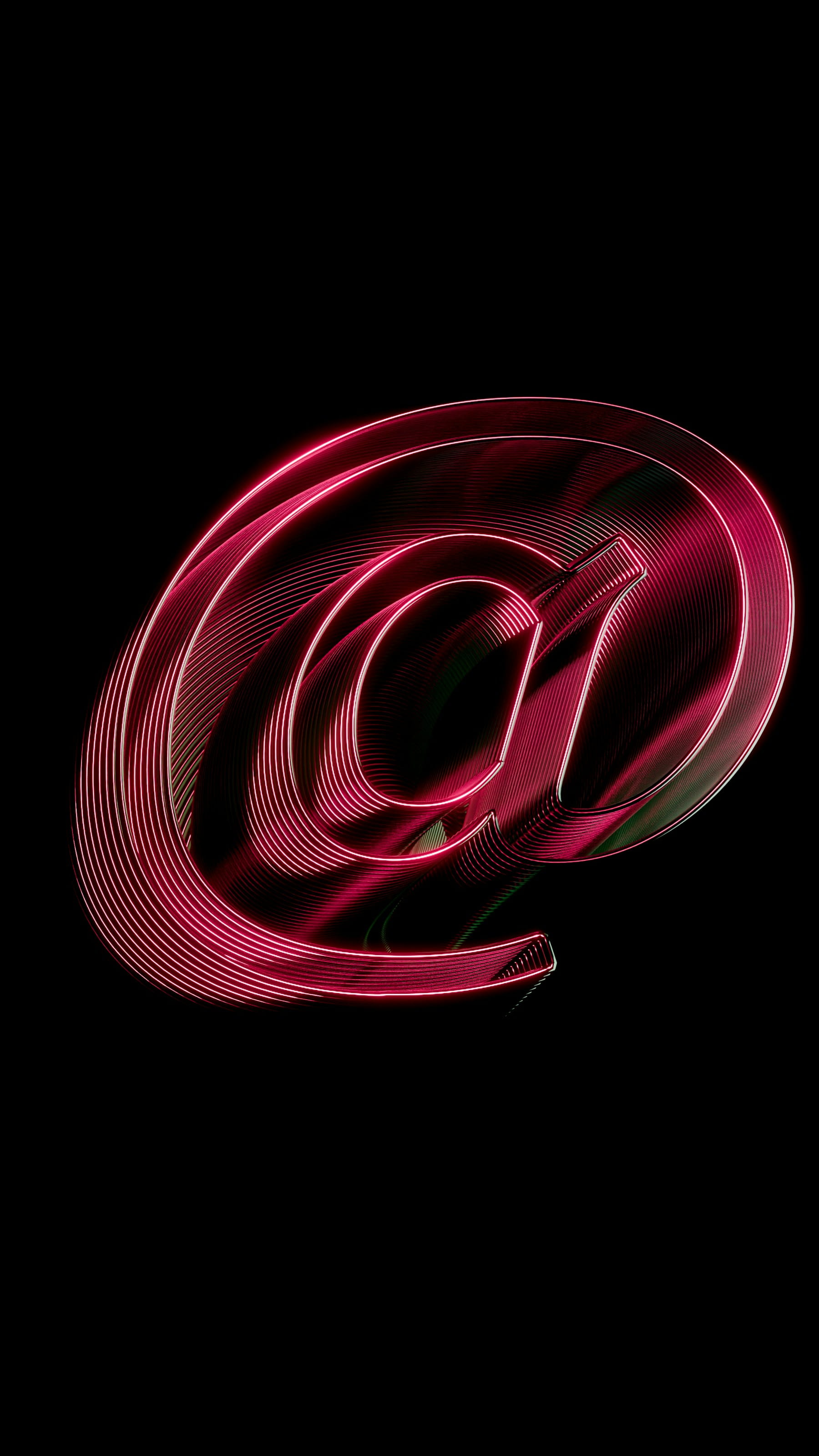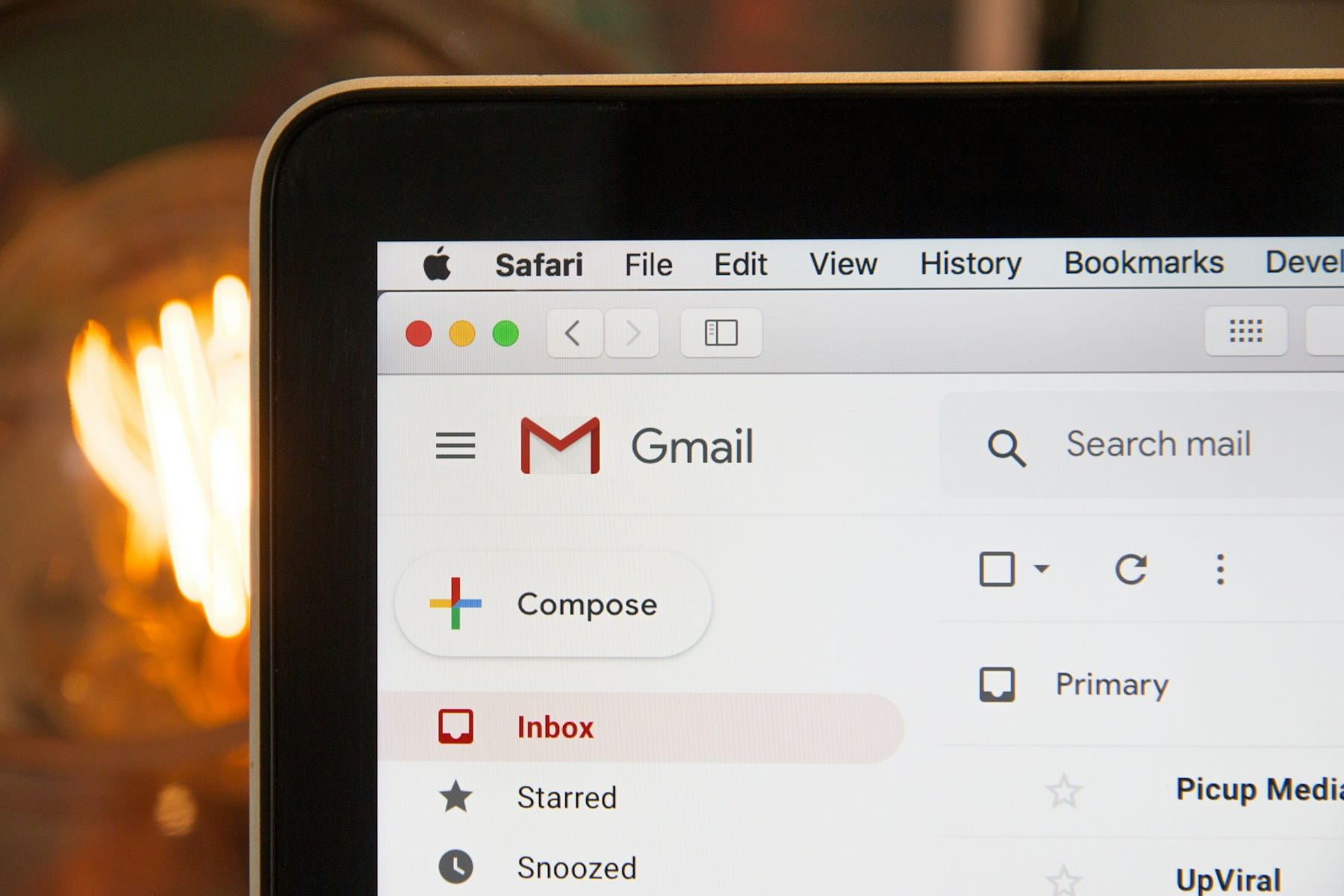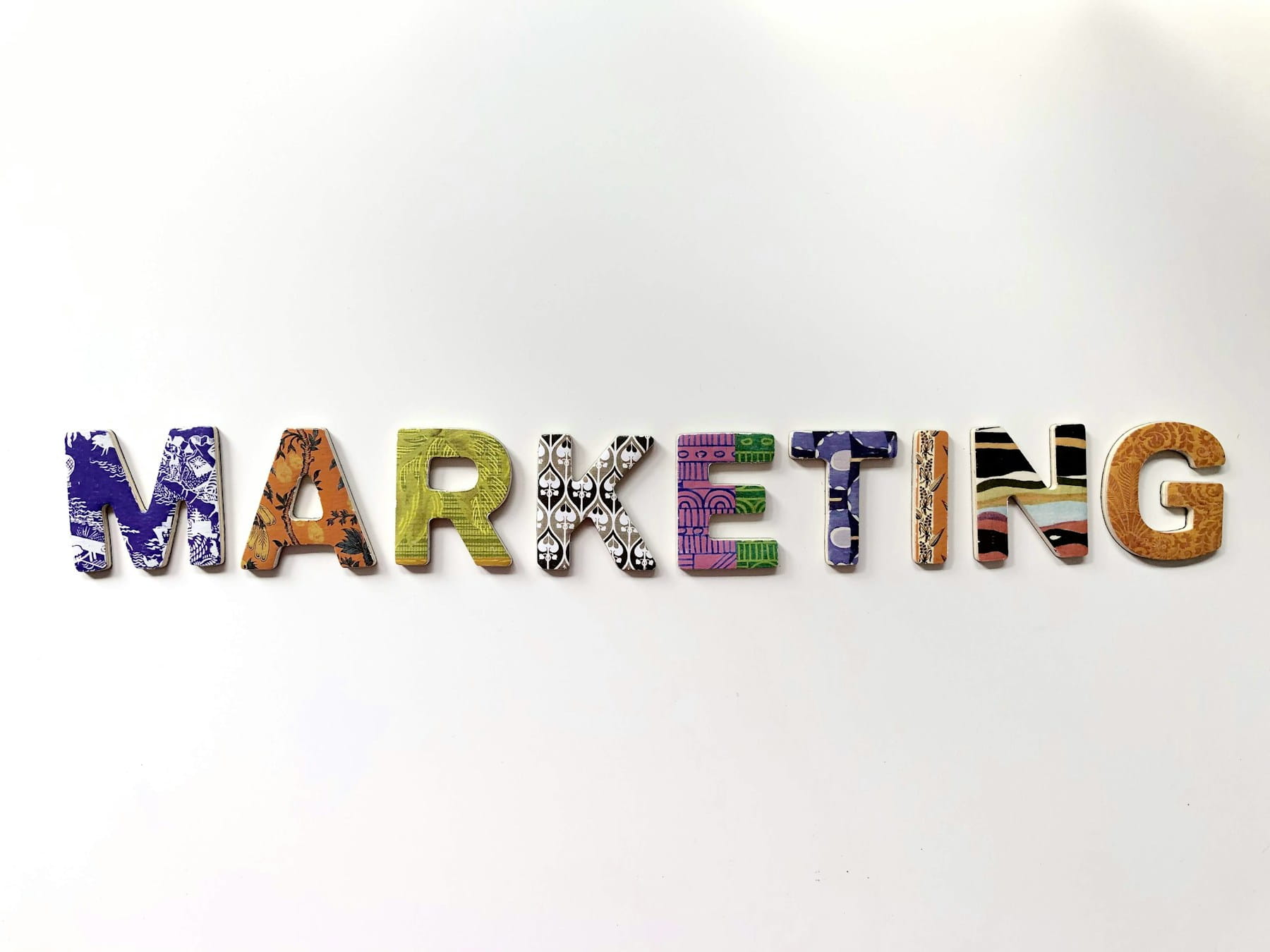7 Email Marketing Trends Transforming 2025
2025 is emerging as one of the most transformative years for email marketing in recent history. Powered by breakthrough advances in artificial intelligence (AI), this is definitely not the time to fall behind.
However, it's not only AI revolutionizing the email marketing ecosystem. Smart marketers must also stay ahead of evolving trends and priorities, including data privacy, security protocols, and environmental consciousness.
Email marketing continues to be a powerful business tool, but anyone expecting to send basic email blasts and see immediate profits needs a wake-up call. Brands must work more strategically and efficiently than ever to differentiate themselves. Traditional tactics are oversaturated, and staying ahead of trends is essential to achieving meaningful results.
In this comprehensive guide, we'll explore seven cutting-edge email marketing trends that will define 2025. Remember: embracing innovation isn't just about keeping pace — it's your opportunity to surpass competitors and cultivate stronger, more authentic relationships with your subscribers.
Table of contents
- AI-powered content creation: Revolutionizing email copywriting
- Transparency in AI usage: Building authentic trust
- Zero-party and first-party data mastery
- Advanced targeting and personalization through AI
- Sustainable email practices: Quality over quantity
- Interactive content and gamification strategies
- Enhanced email security and authentication
- Preparing for the future of email marketing
AI-powered content creation: Revolutionizing email copywriting
Leveraging AI for copy generation isn't revolutionary — marketers have been implementing it for several years.
However, for those who haven't yet embraced the AI revolution, the transition is unavoidable. The momentum of AI adoption in marketing continues accelerating forward. In reality, most current email marketing trends incorporate AI elements in some capacity.
Tools like ChatGPT, Claude, and Jasper are evolving rapidly, and strategic marketers utilize them to enhance their creative capabilities, optimize messaging, and increase productivity. These platforms are no longer merely helpful — they've become fundamental components of a modern marketer's toolkit.
By 2025, generative AI can completely automate the email creation process — from developing compelling subject lines and engaging body content to generating CTAs that connect with diverse audiences.
This is still the beginning. Companies like OpenAI and Anthropic are investing billions in advancing large language models (LLMs) that make AI writing more sophisticated—and more human-like — with each iteration.
Simply put, AI writing capabilities will only improve — rapidly. Creating high-quality emails is now as straightforward as providing clear prompts and allowing AI to handle the complex work. While mastering prompt engineering involves a learning curve, it's absolutely worth experimenting with and persisting — the outcomes are transformative.
Looking forward, anticipate marketers relying more heavily on AI than ever before, as we witness revolutionary AI developments throughout this year.
Transparency in AI usage: Building authentic trust
But how will consumers respond to increased AI implementation?
One significant pushback expected in 2025 is that customers want to know they're reading human-created content rather than machine-generated material.
As AI adoption expands, expect a movement toward AI transparency. Organizations will increasingly disclose their AI usage, not only as legal compliance (which may become required in the future) but as a method to present themselves as open, trustworthy, and genuine.
What could this look like practically? It might be as straightforward as including a disclaimer, such as "This email was created with AI assistance." Meanwhile, brands that exclusively use human writers may capitalize on this opportunity to emphasize this distinction — "We exclusively send human-written content."
We've already observed indicators of this trend. Amazon, for instance, now requires self-publishing authors to disclose whether content is AI-written or AI-assisted, indicating a potential industry-wide transformation.
As regulations develop and consumers become more knowledgeable, being transparent about AI usage will likely become standard practice. Navigate this transition effectively and you transform a potentially challenging topic into a competitive advantage.
Zero-party and first-party data mastery
As data privacy regulations strengthen in 2025, marketers are pivoting toward zero-party and first-party data strategies to honor customer privacy. This represents a more significant email marketing trend than ever before.
With third-party cookies declining over recent years, brands have been working to discover ethical methods for building direct relationships with their audiences and collecting valuable information.
Zero-party data represents information consumers voluntarily provide, such as preferences and interests — through surveys and quizzes — along with purchase intentions.
Conversely, first-party data is gathered directly from a business's owned channels, including websites, applications, and emails. Every interaction — from clicks and purchases to browsing patterns — generates behavioral insights, purchase history, and website analytics. This data can enhance email segmentation and personalization — or, as mentioned above, provide AI with more data for optimization.
In 2025, expect more brands investing in innovative strategies to encourage data sharing. Certainly, convincing customers to share information isn't simple. However, offering compelling incentives to provide clear value in exchange for data will persuade many people. This ensures your marketing remains both effective and ethical.
Advanced targeting and personalization through AI
In 2025, AI's function in email marketing will extend far beyond automated copywriting.
Recent machine learning advances have transformed AI into a powerful predictive analytics tool, converting raw customer data into actionable insights. This includes precise targeting, highly personalized messaging, and optimally timed sends — all of which can revolutionize your marketing approach by optimizing and automating every process step.
The process begins with AI-driven audience segmentation, where advanced algorithms analyze behavioral patterns and demographics in real-time to create precisely focused micro-segments. This ensures recipients receive only the most relevant content, keeping unsubscribes minimal.
Next comes hyper-personalization. AI generates customized email content that speaks directly to each recipient's specific needs. This includes personalized subject lines, dynamic product recommendations, and customized offers and discounts, making emails feel individually crafted and valuable.
With your campaign prepared, the final step involves send-time optimization. Platforms like SelfMailKit utilize AI algorithms to predict the optimal time for sending emails to each individual contact. These predictions are based on time zones, previous open times, and other behavioral patterns. With every email campaign sent, AI gains more data to leverage, improving precision and maximizing engagement.
In essence, AI's predictive analytics can boost open rates, click-through rates, and ultimately conversion rates — all the crucial metrics. These AI tools will only become more powerful — and therefore, more essential — throughout 2025.
Sustainable email practices: Quality over quantity
As environmental consciousness reaches unprecedented levels, brands are discovering innovative approaches to reduce their carbon footprint and connect with eco-conscious consumers.
This includes email marketing initiatives.
Many people don't realize that email marketing has environmental implications. After all, digital marketing is significantly more eco-friendly than print alternatives. However, every email consumes energy, from data storage and processing to the electricity required to send and open messages. It's a relatively small footprint, but as businesses scale, it accumulates.
In 2025, environmentally conscious brands are reconsidering email strategies to align with modern consumers' sustainability expectations. This means reducing unnecessary email volume, optimizing file sizes and email design, and highlighting their sustainability messaging within email campaigns.
The outcome? Leaner emails, compressed images, and even the revival of plain-text formats. Clean, simple, and efficient — demonstrating that less can indeed be more. Expect this to be a major email marketing trend throughout 2025.
Interactive content and gamification strategies
While simplifying emails for sustainability represents a growing email marketing trend, many brands will pursue the opposite approach in 2025: fully investing in creating dynamic and interactive email experiences.
Expect to see videos, animated graphics like countdown timers, GIFs, product carousels, and click-to-reveal content that transform emails into engaging micro-websites.
Gamification is also positioned to make substantial progress. Consider spin-the-wheel promotions, digital scratchcards, and even comprehensive mini-games, enabled through technologies like AMP for Email.
These interactive elements encourage users to click, even when they aren't initially interested in making a purchase. Curiosity drives clicks, and strong rewards—like discounts—can convert casual engagement into sales.
Engaging, immersive email experiences make every message memorable. Consumers desire entertainment and want to feel excited about interacting with brands—interactive content represents one of the most effective methods to achieve this.
If you're concerned about compatibility issues with mobile devices or dynamic content being blocked by certain email clients, a simple solution is using static images with clear call-to-action. This allows you to direct recipients to your website, ensuring everyone experiences the complete user journey.
Enhanced email security and authentication
In 2025, email security and authentication will become increasingly crucial for marketers.
With major email clients like Gmail and Outlook prioritizing authenticated emails, stronger security measures will ensure your messages reach inboxes—not spam folders.
As phishing attempts become more sophisticated, consumers are increasingly cautious about clicking email links. To address this and rebuild trust, brands are implementing Brand Indicators for Message Identification (BIMI) and advanced email authentication protocols.
BIMI enables brands to display their logo next to the sender name, but only after authenticating their security measures and receiving verification from a third party.
This creates a win-win situation for everyone involved. Security-conscious consumers feel safer when they see a familiar logo, gaining additional confidence that the email is legitimate. Meanwhile, the logo helps your brand stand out in crowded inboxes, increasing open rates and engagement. Everyone benefits.
Beyond BIMI, marketers are adopting stricter email authentication measures like DMARC (Domain-based Message Authentication, Reporting, and Conformance) and SPF (Sender Policy Framework). These protocols ensure only verified senders can reach subscribers' inboxes, effectively preventing spoofing and phishing attacks.
In 2025, expect more brands to invest in email authentication technologies. As security expectations increase, businesses will strengthen security measures to build trust and ensure email deliverability.
Preparing for the future of email marketing
As we advance into 2025, email marketing is evolving rapidly, combining cutting-edge technology with changing consumer expectations. The email marketing trends influencing this year present valuable opportunities for marketers who adapt quickly.
By staying ahead of these emerging email marketing trends, brands can strengthen their audience connections, boost engagement, and drive superior results. Ultimately, embracing innovation and adapting to change will future-proof your email marketing strategy and maintain its effectiveness for years ahead.
Master 2025 email trends with SelfMailKit
The email marketing landscape is transforming at an unprecedented pace, and success requires the right combination of innovative technology and strategic thinking. Understanding these trends provides the foundation, while having the right platform ensures you can implement them effectively.
SelfMailKit offers comprehensive tools and infrastructure designed specifically for modern email marketing challenges. Our platform includes AI-powered campaign builders, advanced segmentation capabilities, robust analytics, and cutting-edge security features that help teams navigate and capitalize on 2025's email marketing trends.
Whether you're implementing your first AI-assisted campaign or managing complex personalization strategies for millions of subscribers, SelfMailKit provides the flexibility and reliability required for email marketing success. Our developer-friendly approach makes integration seamless while maintaining the performance and security needed for sustainable growth.
Discover how SelfMailKit can help you master these 2025 email marketing trends with infrastructure designed for modern development teams and intelligent features that enhance both creativity and results. Learn more about why SelfMailKit is different from other email platforms.
